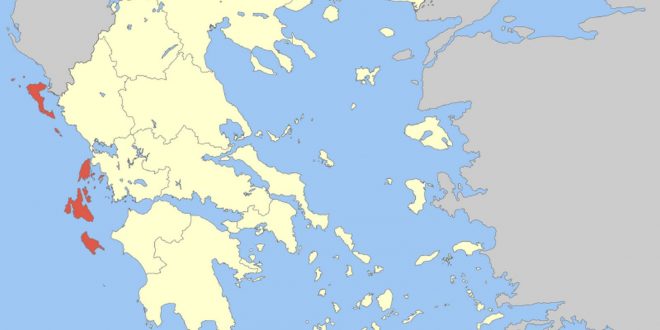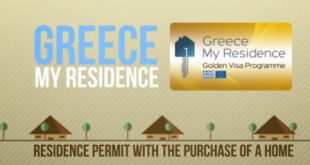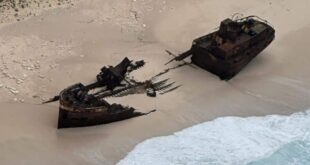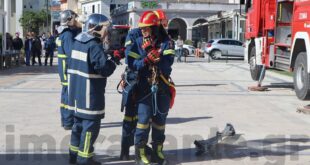Emphasis on the preservation of the countryside and in particular the olive groves, the protection of agricultural land with high productivity, the reconstruction of the cities of Corfu and Lefkada, the gradual abolition of out-of-town construction in the tourist areas, choices in the direction of the upgrading of the tourist product. These are the main choices of the State for the Ionian Islands in the years to come, as expressed in the new regional plan of the region. Interesting is the effort of the framework to balance environmental protection in regards to mining hydrocarbons.
The regional spatial planning for the 33 Ionian Islands was published a few days ago in the Government’s Gazette (Government’s Gazette 16). Briefly, according to the newspaper “Kathimerini”, its basic spatial choices are the following:
-Guest urban poles are defined as Corfu, Lefkada, Argostoli and Zakynthos. Measures are proposed to limit the boundaries of the boundaries through the sixth construction project, together with policies for improvement and regeneration of the urban area, as a priority in the old towns of Corfu and Lefkada. Particularly in the sub-urban area, land use control should pay attention to the protection and enhancement of the natural environment, landscape and cultural resources.
-An important role in the new context is the protection of the landscape and the agricultural land, especially the olive groves. New spatial plans (in place of general urban plans) should provide for the protection of the countryside with features such as olive groves, terraces, dry stone walls, olive trees, etc. “The protection and demarcation of the olive groves is imperative for preserving and strengthening the traditional agricultural process. It is proposed to organize the olive grove in zones, the history to be protected as a landscape, and the traditional one to be preserved as a means of production, introducing new methods of cultivation. «In the same direction, high productivity agricultural land should be delineated (to maintain).
-For coastal areas where tourism development focuses, gradual restraint and abolition of out-of-town construction (eg abolition of deviations, prohibition of building up to a distance from the seashore, protection of agricultural land, organized areas of tourism development) are foreseen. An interesting new direction is the new roads to be made at a distance from the beach and in the developed tourist coastal settlements to provide siding roads.
-The tourist development of rocky islands and very small islands, with an area of less than 500 acres, is forbidden. “For the sake of compatibility with the special institutional regimes that apply to (Εχινάδες και Στροφάδες) the Echinades and the Srofades Islands, only mild daily recreation is allowed for the development of environmental awareness and visitor visibility in the land of these islands,” he said. The largest of the smaller islands is only allowed to create organized tourist activities, compatible with the special regimes that may apply (archaeological sites, protected areas, etc.).
– Finally, references to the framework for hydrocarbon extraction are interesting. “The selection of mining sites should take into account the protection of the marine environment and should be prioritized outside “Natura 2000” sites. They should also be located in a safe distance from touristy developed areas,” it said. In fact, the mines are included in the project in “blue” development, which … contribute to the sustainable use of marine space.
Also interesting are the provisions of the framework that refer to the small inhabited Ionian Islands: Ithaca, Othoni, Mathraki, Ereikoussa, Paxoi, Antipaxi, Meganissi, Kalaamos and Kastos). As mentioned, these islands face “double insularity”, that is, they have limited production activities and difficult accessibility. These islands are given the following directions:
(a) To maintain agriculture with special incentives,
(b) Highlighting natural and cultural features,
(c) The creation of organized small-scale port infrastructure for tourist and cruise ships,
(d) The construction of the necessary small-scale technical and environmental infrastructure. It is also proposed to support endogenous development (e.g. by introducing specific incentives such as the transport balance and subsidies to enterprises to create jobs).
CAUTION! This article is reprinted and translated for interpretation to English from the below source, the link of which links to the source itself. Our pages have not been journalistic; therefore if you may have a dispute you can address the source itself.
 Zakynthos Informer Zakynthos Informer
Zakynthos Informer Zakynthos Informer





